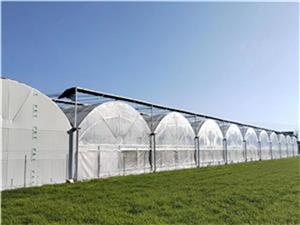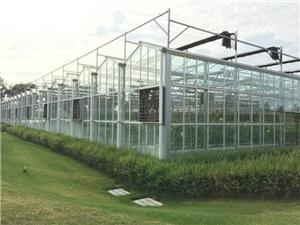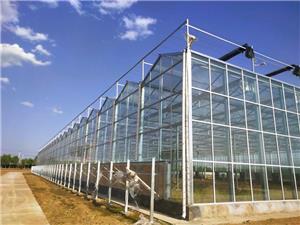china glass greenhouse
With the global climate change and the continuous growth of agricultural product demand, glass greenhouses, as efficient and sustainable agricultural facilities, are increasingly favored by farmers and enterprises. These greenhouses not only can increase crop yields but also optimize resource utilization, promoting agriculture to develop in a more intelligent and ecological direction.
Glass greenhouse materials: The perfect combination of transparency and durability
One of the core advantages of glass greenhouses is the use of glass material. Compared with traditional plastic greenhouses, glass has higher transparency, which effectively promotes photosynthesis and increases the growth speed and yield of crops. Moreover, glass is more durable and sturdy, and can maintain structural stability even in extreme weather conditions such as strong winds or hail, thus ensuring the safety of plants in the greenhouse.
In recent years, with the advancement of technology, the glass materials used in glass greenhouses have been constantly innovated. Modern glass greenhouses usually adopt double or triple laminated glass, which has better insulation and heat resistance properties. It is worth mentioning that Low-E (low-emissivity) glass can effectively reflect solar radiation, reduce heat loss in the interior, lower energy consumption, and significantly improve the energy efficiency of the greenhouse.
The application of glass greenhouses: integrating agriculture, research and tourism
The application scope of glass greenhouses goes far beyond traditional agricultural production. Its multi-functionality makes its application even more extensive. Firstly, glass greenhouses can be used for large-scale commercial cultivation, such as growing vegetables, fruits, flowers, and organic products. Due to the adjustable temperature, humidity, and lighting conditions in glass greenhouses, they can provide an ideal growing environment, ensuring stable production throughout the year.
Secondly, glass greenhouses play an important role in research. They offer a stable and controllable experimental environment for plant researchers, allowing for the precise simulation of plant growth conditions and conducting breeding, resistance research, and biotechnology experiments.
Furthermore, glass greenhouses have become a major highlight of modern urban agriculture and leisure agriculture. More and more greenhouses are being transformed into agricultural tourism projects, attracting tourists to experience agricultural activities. These greenhouses have developed into multi-functional spaces that combine tourism, education, and leisure.
Installation of glass greenhouses: The fusion of technology and art
Installing a glass greenhouse requires not only excellent technical skills but also design sensibility and aesthetic considerations. Modern glass greenhouses usually adopt steel frame structures to provide strong support. Designers will choose appropriate types of glass and structural forms based on different needs and geographical environments. For example, some greenhouses may choose inclined roofs to maximize the use of sunlight, while others may adopt dome shapes to improve ventilation.
During the installation process, the technical team takes into account factors such as wind resistance, snow resistance, and earthquake resistance to ensure that the greenhouse remains stable under various climatic conditions. The key steps in the installation process are precise calculations of temperature, humidity, and ventilation systems to ensure that the growing environment of plants always remains at its best.
Future outlook: Towards the trend of intelligence and sustainability




